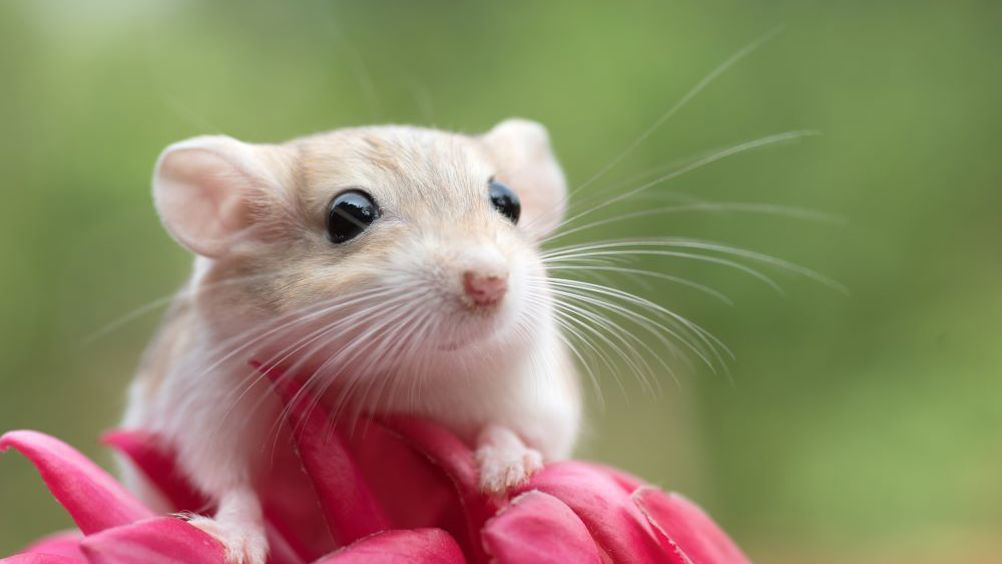References
Environmental enrichment for gerbils in the veterinary and domestic environment

Abstract
Small exotics, commonly referred to as ‘small furries’, include hamsters, gerbils, rabbits and an array of other species. Gerbils are one of the easiest rodents to maintain and manage due to their typically non-aggressive nature. Usually found in deserts and semi-arid geographical regions of the world, the Mongolian gerbils available today originated from 20 pairs of captured animals. These were maintained in 1935 in a closed, random-bred colony at the Kitasato Institute in Japan.
Found in the class Mammalia and order Rodentia, gerbils are classified in the suborder Myomorpha. This suborder was named for the deep and lateral masseter muscles attaching to the front of the muzzle and lack of premolar teeth. They belong to the superfamily Muroidea and subfamily Gerbillinae. Many exotic pets are not far removed from their wild counterparts and have undergone minimal selective breeding. In captivity, they are removed from their evolved environment and therefore less able to demonstrate their full range of behaviours, leading to implications for their health and wellbeing (Cousquer, 2008).
As mentioned above, gerbils are classified in the order Rodentia, typically characterised by a pair of continually growing incisors on the upper and lower jaw. These grow by several millimetres a week. They also have welldeveloped head muscles to enable them to crack open food and gnaw through materials such as wood or concrete (Morton, 2002). They are socially monogamous, group-living rodents, with a social organisation based on a stable reproductive pair (Razzoli and Valsecchi, 2010). Harderian gland secretions are particularly important, comprising lipids, proteins and protoporphyrin, and are carried by an excretory duct to the medial aspect of the nictitating membrane. These secretions are mixed with saliva and spread over the pelage during grooming (Batchelder et al, 2011).
Register now to continue reading
Thank you for visiting The Veterinary Nurse and reading some of our peer-reviewed content for veterinary professionals. To continue reading this article, please register today.

